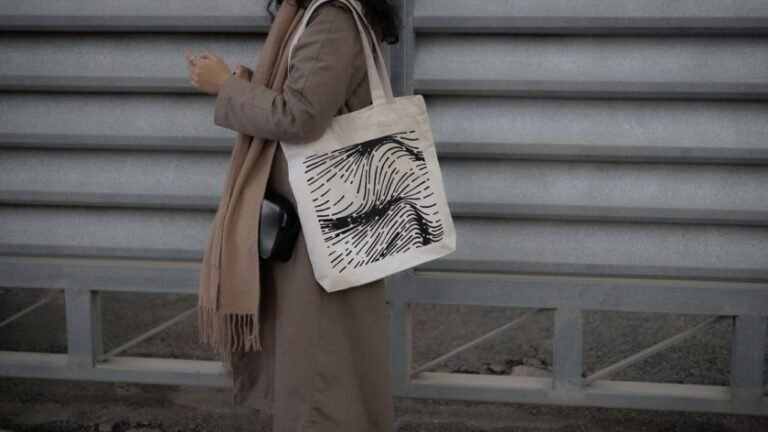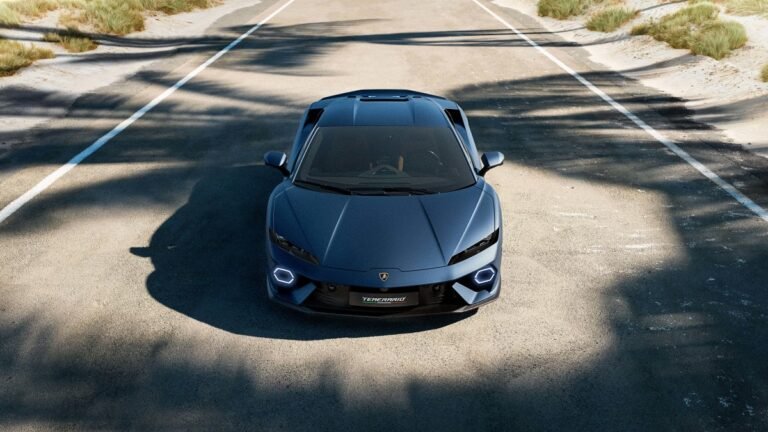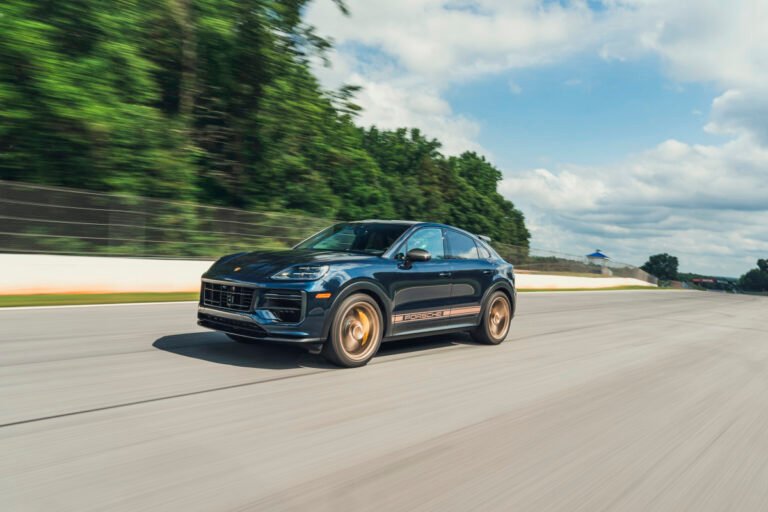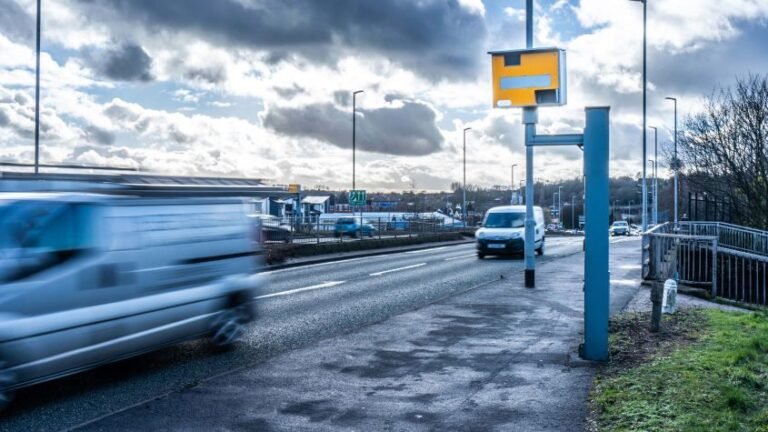


Just because something has happened before doesn’t mean it hurts any less. The United States government unleashing its military on its own people in the streets of Los Angeles, Paramount, and other Southern California cities hit me hard last week. Armored vehicles and federal agents in camouflage gear (what are they expecting to blend into?) have come storming in to rip people from their workplaces and families. I know it is just the latest escalation in a crisis manufactured by the Trump administration to further its authoritarian agenda, but knowing this does little to stanch the flood of anger and pain and sadness that wells up. These families, friends, and neighbors whose lives are being torn apart with such cruelty will be dealing with the trauma of this moment for the rest of their lives, and their children, grandchildren, and anyone who remembers them will also have to deal with it. This moment will reverberate for generations.
I know it because I am a fourth-generation Japanese American whose parents, grandparents, and great-grandparents were unjustly incarcerated by the US government during World War II. In 1942, President Franklin Roosevelt used an executive order to target an immigrant population and deployed the military to dispossess them of the livelihoods they worked so hard to build, decimating their communities and secreting them away to remote, barely habitable concentration camps. Some, including my uncle, didn’t make it out of those camps.
Many in the Japanese-American community share this intimate understanding of the lasting loss and pain such violations bring. Back in February, the Japanese American National Museum made a powerful statement declaring, “We stand with all immigrant families and communities at risk and will continue to fight for the rights of all people to be recognized as full members of society.” While many in the museum world remained silent or quietly acquiesced as due process, birthright citizenship, and DEI programs were threatened or summarily dismantled, JANM saw what was at stake and stayed true, not only to their mission to steward culture and history but to defend human and civil rights. (In full disclosure, I collaborate with the museum on a fellowship program.)

I have known my family and community’s history since I was a child, but the current attacks on immigrants coincide with my own efforts to dig deeper into the intergenerational trauma that, for most of my life, I didn’t realize I carried. As a writer, part of this process has been to turn to art. Brandon Shimoda’s The Afterlife Is Letting Go (2024) is the first book I’ve read that portrays not just the historical realities of the camps and the experiences of the people who were incarcerated there, but also what it feels like to be a descendant of those people. Shimoda, a poet, conducted extensive research, interviewing survivors and their families, visiting the sites of the camps and various memorials, attending commemorative events and exhibitions, and of course, reading and watching everything he could, including a plethora of children’s books. In one essay, he confesses that he burst into tears while reading these books to his child, and how she then abruptly closed the book, trying to protect her father. This is just one in a constellation of moving essays that form an impressionistic, nonlinear unearthing of the emotional toll of long-suppressed stories and the weight of waking up to their intergenerational impacts.
Like Shimoda and many of his respondents, I grew up in a family that didn’t or couldn’t talk about their camp experience; like them, I learned about it from books. My community is possibly the most well-documented population of color in US history, but I still felt like my own parents’ stories were as distant as fables. It was only recently, in my 55th year, that I became more viscerally aware of the emotional and psychological legacy of what my parents experienced. They spent three years as small children in concentration camps. What must it have been like to be a tiny, wide-eyed person surrounded by people who had just had their liberty, livelihood, and dignity summarily stripped away? What does that do to someone just starting to explore the world when that world is a concentration camp surrounded by barbed wire and armed guards? It might make them feel unsafe wherever they go. It might make them feel so ashamed of being Japanese that they sacrifice almost anything to secure their place in American society. It might make them never want to speak of it in the vain hope of forgetting. I was raised in a comfortable, suburban neighborhood by parents who tried to give me everything I needed. What they couldn’t give me was a sense of being enough.
Many other communities deal with similar legacies, and the present detentions and raids are not exactly the same as what my family has endured, but in small ways, I find hope in the differences. When Issei (first-generation Japanese American) leaders were abducted by the FBI in the early days of US entry into WWII, there were no mass protests. When Japanese Americans in the Western states were rounded up and shipped off to the camps, only a handful of upstanding allies said anything or tried to help them. I am heartened to see the large numbers and broad diversity of folks across the country protesting and speaking out for immigrants this time around. This is the kind of solidarity that makes me love LA, as Anita Chabria writes in this beautiful piece on the downtown community. Neighbors of different backgrounds and histories have come together, once again, to support each other. Care counters government cruelty. I am consoled by these cross-cultural efforts in the same way I get teary every time I hear a story about a non-Japanese person who helped a Japanese-American family back in 1942. We stand together, not just for those who are being cruelly persecuted right now, but for their children, and all the generations to come.





